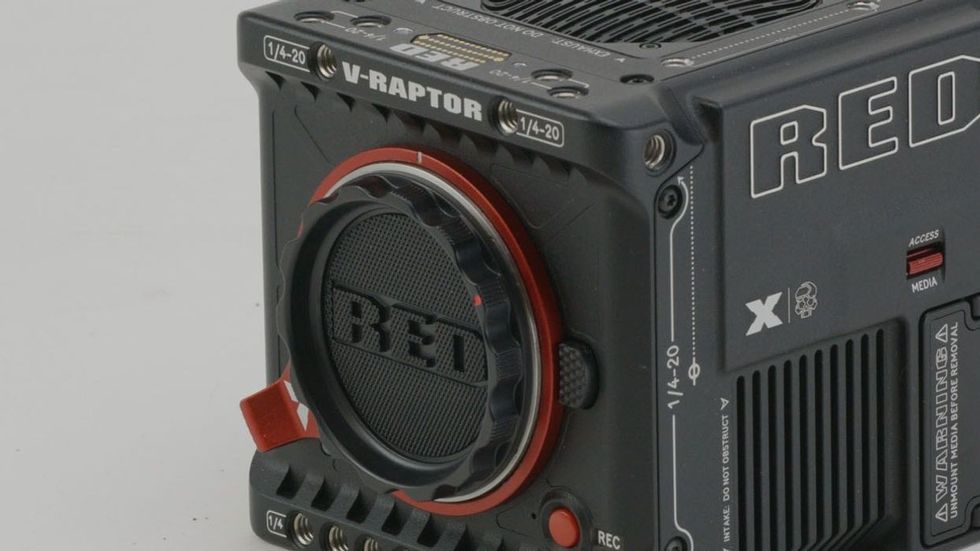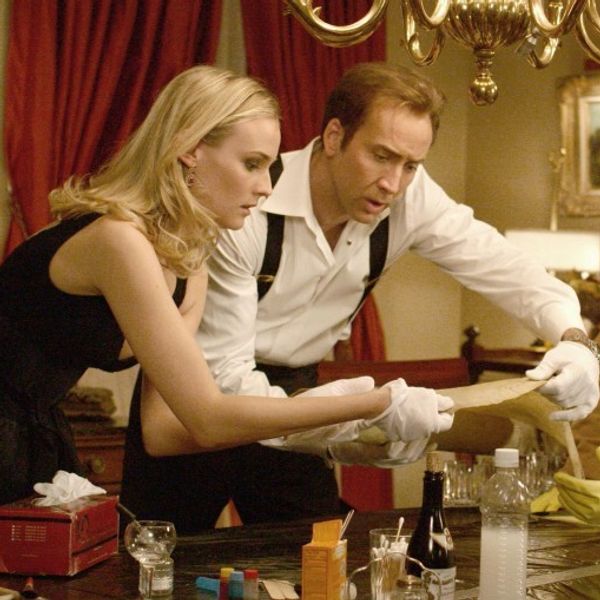9 Pieces of Gear You Actually Need to Make a Film
Not all gear is essential.

Gear, gear, gear! Filmmakers looooove their gear. Look at us showing off our gear like a helicopter parent does their precious human children.
It's stinkin' adorable.
But if you're just starting out and don't have any gear, you're probably wondering what pieces of equipment you're going to need to make films...like really, actually, in all seriousness, what do I 100% need to make a movie, for real, don't jerk me around and make me a sounding board for your gear acquisition syndrome.
That's a super good question.
Indy Mogul's Ted Sim travels to Chicago to ask the DSLR Video Shooter himself, Caleb Pike, what pieces of equipment are really actually needed for filmmaking.
Let's quickly run through Pike's list:
- Tripod: You can always use a good set of sticks, my friend. I know...those gimbals are sexy as hell, but chances are you'll get more mileage out of a tripod than a gimbal. Pike recommends Benro.
- Lenses: Yeah...duh. You need lenses. However, don't be satisfied with that kit lens. You might want to take a look at some older vintage glass for unique bokeh, tones, and other visual goodies.
- Color Chart: Your camera isn't a damn genius...it does and knows what you tell it to, including how to read and identify color. That's why having a color chart on set is super important. Pike uses an X-Rite ColorChecker Passport
- Key Light: Lighting is more important than your camera. Period. Change my mind. Also, here are some inexpensive lighting suggestions...many of which come from Pike himself.
- Accent Light: Again, lighting is more important than your camera.
- C-Stand: Damn, these things are just workhorses. They do everything from mounting mics to mounting cameras. They can hang soundproofing or diffusion material. Like...literally whatever you need.
- Shotgun Mic: Having good sound and audio is more important than having good quality video. You're going to need a good mic, friend. Pike suggests going with the Deity S-Mic 2, which is comparable to the Sennheiser MKH. If you're worried about price, RØDE makes some good mics for the price, as well as Azden.
- Audio Recorder: You've got a mic, but how are you going to record sound? You need a recorder! The same day I bought my shotgun mic, I also bought a Zoom H4n handheld recorder. It was literally the best gear purchase I've ever made. I still use it to this day. Pike recommends Sound Devices MixPre-3.
- Camera: Oh man, this is the million dollar question, right? What kind of camera should you get? The one you can afford, I guess. You guys, buying cameras is like buying a car...eventually, they get replaced by more advanced, prettier models, so you might as well get something that you can get a lot of mileage out of. Which camera does Pike recommend? The Panasonic GH5.
Here's the thing about lists like this...every single one is different. Some filmmakers might swear up and down that you need to have a light meter, while others swear up and down that you need a camera cage...and still, others will swear up and down that you don't need either of those things or anything other than a camera and lens, for that matter.
The truth is, once you start shooting stuff on a regular basis, you're going to realize what pieces of gear you need.
If you travel a lot, maybe having a really nice and rugged gear bag is like, the most important piece of gear you have. If you shoot outdoors a lot, maybe having a big ol' 5-in-1 reflector is your crown jewel.
At the end of the day, use this list as a guide as you begin to think about what you need to make films. Start out small and, as I say to my kid, "don't go too wide."
Source: Indy Mogul













